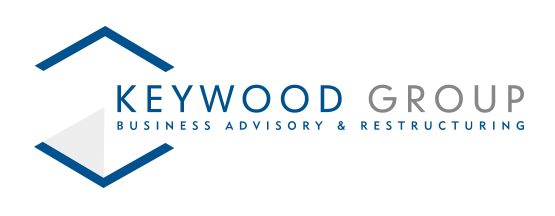How to spot if a company is in financial distress
It was recently reported that the number of UK companies in positions of ‘significant financial distress’ are increasing.
Until recently, the numbers of registered company insolvencies were low compared to pre-pandemic rates, which has predominantly been driven by government measures put in place in response to Covid-19. Measures included temporary restrictions on the use of statutory demands and certain winding-up petitions (which can result in compulsory liquidations).
Last month (June 2021) the number of registered insolvencies was 1,207 compared to 741 in June 2020. This represents an increase of 63% on the previous year but remains slightly lower than in 2019.
What are the warning signs of financial distress?
When a company falls into administration or liquidation it is common for the business owners, customers, or other affected parties to think about whether key warning signs were missed, or whether action could have been taken sooner.
In many cases, the answer is yes. There are many early warning signs that might indicate that your company is experiencing financial stress. Being aware of these signs and knowing what action to take could help you to prevent losses, or your company becoming formally insolvent.
Cash flow
When business payments and expenses exceed its income (sales), the company is cash flow negative. This may be a temporary problem, but if cash flow stays negative over a sustained period it is a clear indicator the business is in trouble. Pay close attention to your financial records and future projections.
Creditor Pressure
If your company is facing pressure from its creditors (whether the bank, finance providers or its suppliers) this is usually a sign that action is needed. You may have noticed that your company has reached the limit of existing facilities, has accrued arrears on long-term agreements, or is exceeding payment terms with its suppliers.
Debt to Equity Ratio
This ratio measures how much debt a business has compared to its equity and is a measure in assessing debt default risk. The higher the liabilities, the greater the risk to investors and it may also make it more difficult to obtain further investment if needed.
Managerial Changes
A breakdown in the senior management team, or the departure of key personnel can also be red flag. A business needs its employees to function and if your company has suddenly lost valued members of staff, or cannot make competitive offers to replace them, this could lead to wider issues.
Of course, this list is not exhaustive, but the presence of one or more of these issues is a strong indicator that your company is struggling.
What should I do if my business is struggling?
The most important thing to do is seek advice, before the position deteriorates. By speaking to a Licenced Insolvency Practitioner you can work together to establish whether the problem is temporary, or whether more formal action is required.
An Insolvency Practitioner is best placed to provide advice on all of the options available, even if an informal solution would be best. However, if the problems are too significant and the company cannot survive, an Insolvency Practitioner can explain what course of action is the most appropriate in those circumstances.
Company Closure
In many cases you will need to consider whether the company should be wound-up (formally closed). Voluntary liquidation is a formal insolvency procedure formally known as Creditors Voluntary Liquidation (CVL). As part of the CVL process, all assets belonging to the company will be identified and sold for the benefit of the liquidation process.
Keywood Group are Licenced Insolvency Practitioners and our team has extensive experience in advising business on their options, and dealing with company closure. Our friendly team will work with you to assess the options available and provide transparent advice about the implications of each option.
If you want further information, please contact us for a no obligation chat.
This content is created by Keywood Group (August 2021) and is subject to copyright (©) as per our Terms and Conditions which can be found here.











